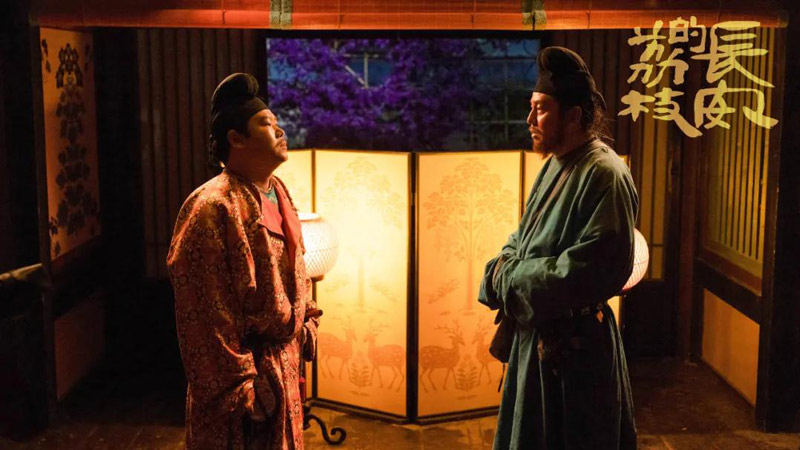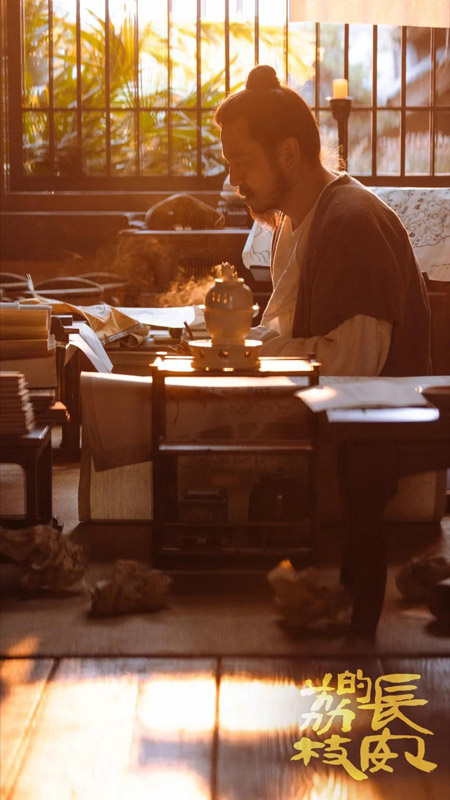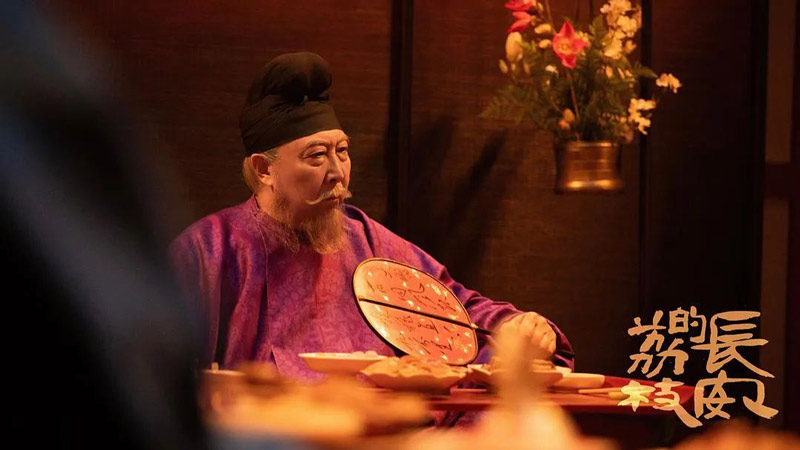
A saying from ancient China goes like this: "One day, the color fades. Two days, the fragrance goes. Three days, the taste is gone." That's how fragile fresh lychees were—especially when you're trying to haul them over 5,000 miles from Lingnan to the imperial capital of Chang'an.
For a low-ranking clerk like Li Shande, the lead character in The Litchi Road, this was basically mission impossible.
Fast forward 1,200 years, and author Ma Boyong found himself in a similar bind: finishing a 70,000-word novel in just 11 days.
Running on pure adrenaline (or what he called "flow state"), Ma pulled it off. And in his story, Li Shande does too—armed with nothing but math skills and the kind of desperation that leaves no room for failure.
This whole "impossible mission" theme didn't stop at the book. It carried over to the TV adaptation too. The production team faced its own version of the lychee run: staying loyal to the book while also making bold changes, and doing it at a time when short-form web content is king and long-format storytelling feels like an endangered species.
How hard was it? Well, that depends on how fast the TV industry decides to shift directions. But in a chat with director Cao Dun, one thing became clear: he's not losing sleep over it. Unlike many long-form content creators these days, Cao isn't radiating the usual "content anxiety" vibes. He seems quietly confident—believing that long drama series still have their own set of rules and rhythms that will hold their ground.
In a way, Cao's mindset mirrors Li Shande's. Just like how Li kept recalculating and redrawing transport routes during his grueling journey, the production team of The Litchi Road countered the fast-and-furious trend in TV dramas with meticulous world-building and historical detail—turning slow, deliberate storytelling into their answer to a fast-content era.
 Fixing Old Regrets
Fixing Old Regrets
When Ma Boyong first wrapped up the novel version of The Litchi Road, he wasn't completely satisfied.
According to Cao Dun, a lot of things got left out—partly because of space limitations, partly for other reasons that come with writing under pressure. The TV project gave Ma a rare second chance.
"We basically dug back into his mental storage," Cao joked. "Stuff he had thought about but couldn't fit into the book—we brought it out and made it part of the show."
Expanding a 70,000-word novella into a full-length TV series naturally opened up a lot of creative room. As the story consultant for the drama, Ma went back to the drawing board. This time, he deepened the worldbuilding, added layers to the characters, and reworked the political backdrop.
Probably the biggest difference between book and show? The series adds an entire storyline about court politics—turning what was originally a very grounded, small-scale story into something with bigger stakes.
Suddenly, the power struggle between the Left Chancellor and the Right Chancellor becomes part of the narrative. At first glance, it may seem like this sidesteps the lychee delivery plot. But actually, it sharpens the story's main tension.
After all, this isn't just a personal challenge for Li Shande. It's an official government assignment—an absurd one at that. The harder the journey gets, the more ridiculous it feels. And that ridiculousness? It's not random. It reflects the ruthless undercurrents of court politics at the time. (For non-Chinese viewers: "court politics" here refers to the constant backroom power plays among top officials in the emperor's administration.)
If you've read more than one of Ma Boyong's novels, you'll notice a recurring trait: he never forgets to anchor his stories in a real historical moment—sometimes subtly, sometimes in-your-face.
The Longest Day in Chang'an took place in the third year of the Tianbao era (AD 744), a time when An Lushan was already a powerful military governor, and Emperor Xuanzong had more or less handed the reins of the empire to his prime minister Li Linfu. The cracks in the Tang dynasty were starting to show.
The Litchi Road shifts us ten years forward to the fourteenth year of Tianbao (AD 755)—an even more infamous turning point. This was the year the An Lushan Rebellion broke out. (For non-Chinese viewers: This rebellion marked the beginning of the Tang dynasty's decline, leading to years of chaos.)
Once you put that timeline in place, Li Shande's miserable, high-stakes journey starts making more sense. His every move, every setback, feels like it's unfolding under the shadow of a crumbling empire.
But building historical context was just one part of the adaptation process. To make Li Shande feel more human and multi-dimensional, the TV team had to dig deeper into character relationships.
To support the new political plotlines, they introduced several characters who weren't in the book at all. There's Zheng Ping'an, Li's street-smart brother-in-law; Amita, head of the Hu merchants' guild; and Yun Qing, leader of a local entertainment quarter called Konglang Fang. (Quick note: "Hu merchants" refers to non-Han traders active along the Silk Road during the Tang dynasty.)
In interviews, Ma Boyong mentioned that years of writing experience had taught him one thing: character dynamics need balance. If you've seen his earlier works, this won't surprise you. There's always a deliberate push-and-pull between personalities—like cautious Li Bi vs. reckless Zhang Xiaojing in The Longest Day in Chang'an, or the freewheeling Xu Yuan vs. the restrained Yao Buran in The Wind Blows from Longxi.
In The Litchi Road, Li Shande is naturally introverted and uptight. To balance that, the writers cooked up Zheng Ping'an—a guy who's street-smart, a bit shameless, and always looking for the next hustle. Their dynamic doesn't just create emotional contrast, it keeps the story moving with plenty of built-in conflict.
And let's not forget: This is a comedy—at least, at its core. Director Cao Dun, who's never done comedy before, straight-up admitted how tough the genre is. "You really need to think deeply to pull off good comedy," he said. Luckily, Ma Boyong's novel gave them a solid foundation. The characters were already vivid, making it easier for humor to land naturally on screen.
But the new characters aren't just there for laughs or plot padding. They also help chart Li Shande's mental and emotional growth. In Cao's words, these people are like "boss fights" in a game. Each one represents a hurdle Li has to clear on his journey. The more levels you add, the more bosses you need.
Think about it: Li Shande starts as a low-ranking government clerk at the Shanglin Office, basically a background bureaucrat with no real experience in field assignments. The title "Lychee Envoy" drops on him like a bad joke—but taking on the job forces him out of his comfort zone, pushing him into parts of the bureaucracy and parts of the world he's never seen.
Through his run-ins with characters like Amita, who's seen every corner of the Tang dynasty's Silk Road trade network, Li starts to realize the world is way bigger than just Chang'an and Lingnan.
Whether it's the clearer historical backdrop or the richer ensemble cast, all these elements serve one thing above all: reinforcing the core narrative that this is a story about a small man caught in big times.
 Finding Space for Small Lives in Big History
Finding Space for Small Lives in Big History
By now, telling stories about "the little guy" isn't exactly groundbreaking. Audiences love an underdog. There's something universally satisfying about watching powerless characters claw their way toward small victories, and it's easy for viewers to project themselves into these roles.
But here's the catch: when you drop these underdog narratives into a historical setting, there's an unavoidable tension. On one hand, you want to make your protagonist proactive and interesting—but on the other, you can't ignore the social realities of the time. The more agency you give a low-ranking character, the more you risk making the story feel historically off. But if you play strictly by history's rules, there's barely any room for your character to do… well, anything.
Cao Dun, who's directed his fair share of costume dramas, puts it bluntly: most historical dramas get around this by going full-on fictional world-building. "If you focus too much on actual history, real people, and real events, you'll always end up with creative limitations," he said. "You might regret not having more room to maneuver. By setting things in an alternate history or using fictional setups, you give yourself breathing space. If you're filming something about a real historical figure, you have to respect the facts, and that shrinks your creative room. But for us, we're not history teachers. Our job is to tell a good story."
Ma Boyong, however, didn't want to retreat into that safe, fictional space. He was more interested in finding genuine overlaps between real history and relatable modern experiences—looking for that small crack where a little person could still realistically exist within big, sweeping events.
In The Litchi Road, Li Shande technically holds an official post—but let's be real, he's a nobody in the bureaucracy. Low rank, low influence, and the kind of guy history books might mention in passing but would never spotlight. And that's exactly what makes it believable that something absurd (like being tasked with transporting lychees across half the empire) could land on his shoulders.
Plus, the work drama he deals with—inept coworkers dumping tasks on him, bootlicking bosses obsessed with currying favor—feels painfully familiar to anyone who's ever worked a dead-end office job. It makes Li Shande's struggle both historically plausible and emotionally relatable for a modern audience.
This focus on small players caught in big systems has been a consistent theme in Ma Boyong's recent work. As he explained at a fan event promoting his "Microscope Series," the seed for The Litchi Road came from one famous line of poetry: "A single horse ride, dust flying, and the consort smiles." (For context: This refers to Yang Guifei, the famous imperial consort, smiling at the arrival of fresh lychees from the south.) Everyone remembers the consort's smile, but nobody stops to wonder: how did those lychees actually get there?
Ma wanted to fill in that gap by following a low-ranking clerk tasked with the logistics nightmare behind that historical moment.
These small moments of joy, frustration, and survival from forgotten people become puzzle pieces that help complete the bigger picture of history. As historian Wang Di, who specializes in microhistory, once said: "Ordinary people made up the overwhelming majority of the population. If we don't write about them, history will always be incomplete. Focusing on individuals and their small stories helps us create a more balanced historical narrative."
And honestly? Ordinary people often feel the shockwaves of historical upheaval far more directly than emperors and generals. As Ma Boyong wrote in the afterword to his novel: "For every general's victory, there are countless bones left behind. And for every single 'job well done,' there's a trail of bald heads and broken backs." ( literally refers to countless people losing their hair from stress and exhaustion.)
At the same time, modern viewers are getting tired of traditional "hero narratives." The distance between grand, sweeping epics and everyday reality feels too wide. The average viewer doesn't feel stirred anymore—they just feel detached.
That's why shows like The Litchi Road feel like such a necessary shift. It's a story that pulls out the metaphorical microscope and zooms in on the overlooked people—the ones history never cared enough to write about.
 Detail Is the Anchor
Detail Is the Anchor
When you're telling small stories set against big historical backdrops, the details aren't just decorative—they're essential for making the whole thing believable.
Historian Wang Di once put it this way: "Details tell us things that grand narratives can't. Without them, history feels like it happened inevitably, like it was all just meant to be. But once you zoom in on the little things—even moments too small to be called events—you start to realize how easily history could've gone another way."
That obsession with tiny, lived-in moments is kind of Ma Boyong's trademark. Anyone who's read his work knows the man doesn't skip on research. From the exact size of floor tiles to the layout of street markets, from interior décor to daily street life, his world-building runs on small, specific, almost compulsively researched detail.
But let's be honest: in today's fast-paced drama production world—where everyone's chasing viral moments and short-video engagement—that level of slow-burn, detail-heavy storytelling sounds like the opposite of what you'd expect from a hit show.
Cao Dun doesn't see it that way.
For him, pacing and detail aren't enemies. They just need to coexist under the right kind of long-form structure.
Given his background in cinematography, Cao knows how to let details speak without bogging down the story. If you remember The Longest Day in Chang'an, you'll recall the perfectly gridded layout of Chang'an's 108 wards—or Zhang Xiaojing's sweaty, no-frills showdown with a giant bowl of mutton soup. Those moments stuck, not because they were flashy, but because they felt real.
You'll get the same vibe in The Litchi Road. There's a quick shot of a female traveler riding a donkey down a Chang'an street. Or the banana-leaf shades covering the relay station in Lingnan to block out the southern heat. These aren't just set dressing—they're tiny windows into what life actually looked like back then.
And in Cao's eyes, as long as the details are interesting and not just thrown in for show, audiences won't feel like their time is being wasted. On the contrary, today's viewers—especially the ones already trained by short-form, information-heavy content—actually crave that level of sensory overload. More detail means more texture, and more texture means better immersion.
That's where long-form dramas can really flex. Short content wins on speed and punchiness, but long content builds worlds—layer by layer, brick by brick.
At the end of the day, Cao doesn't think it's about format wars anyway. Short, long—who cares? Both have their place in modern entertainment. Trends come and go, but good storytelling stays good.
"As long as you shoot it well, put in real effort, tell the story properly, and dig deep into your characters," he said, "audiences will show up. They'll meet you halfway. They always do."
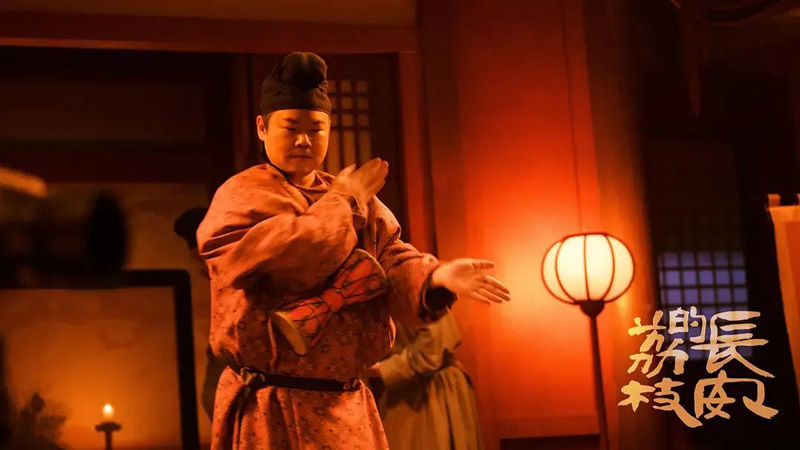
 Fixing Old Regrets
Fixing Old Regrets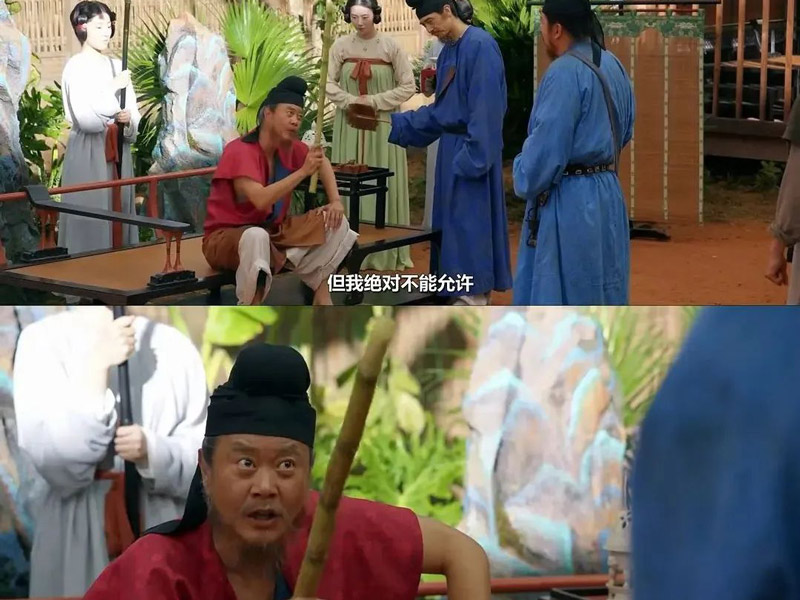
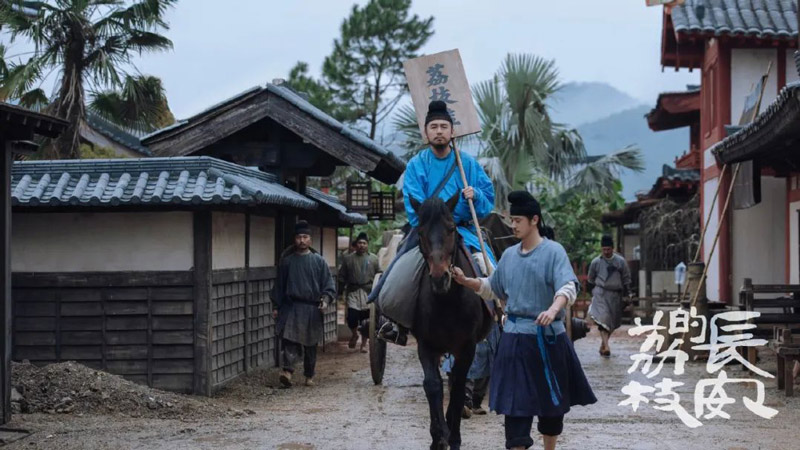
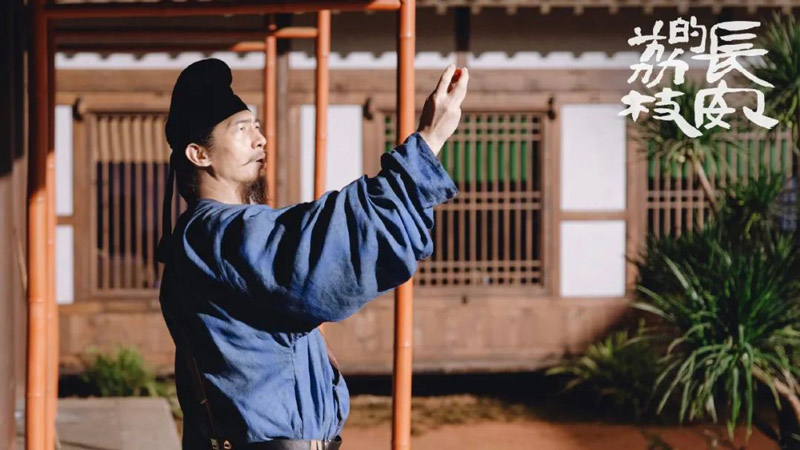
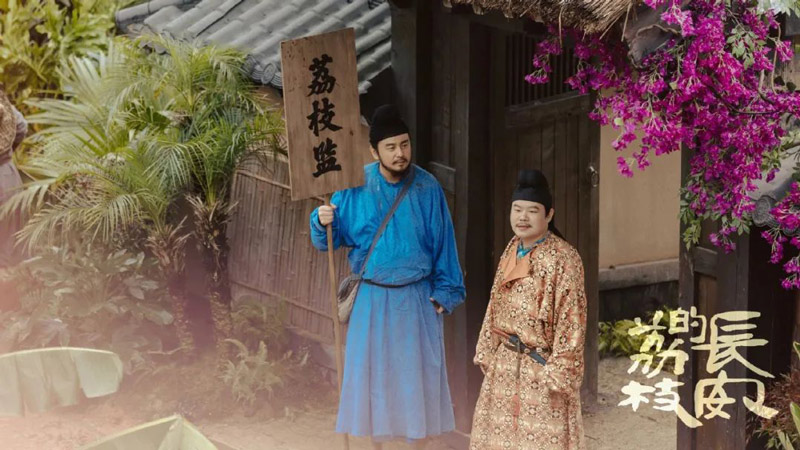
 Finding Space for Small Lives in Big History
Finding Space for Small Lives in Big History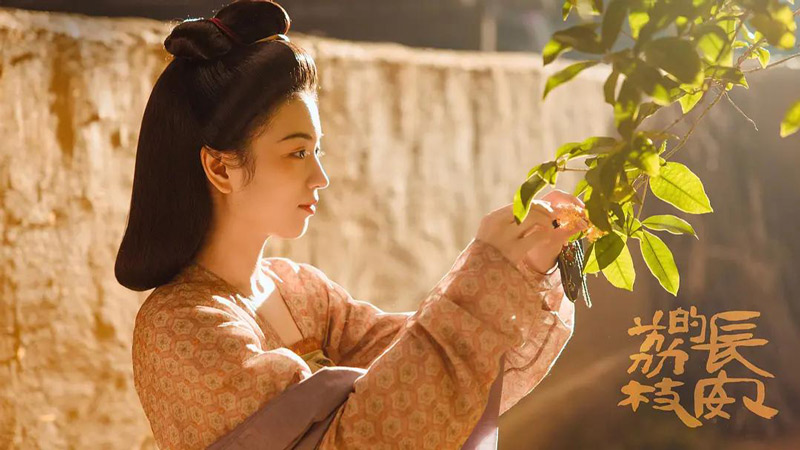
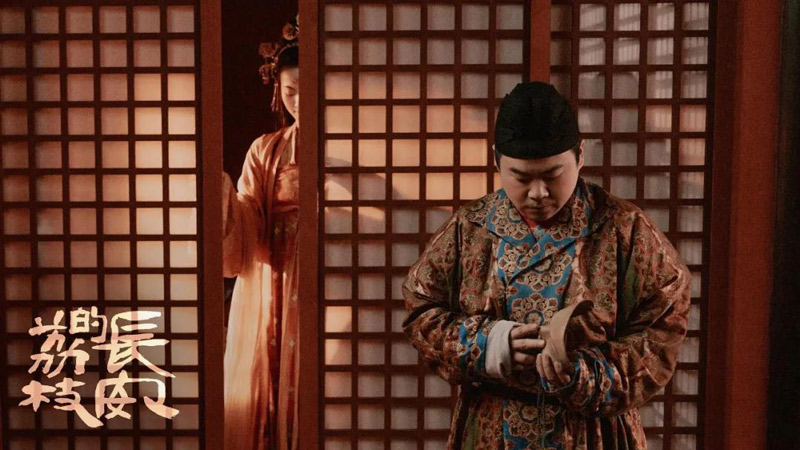
 Detail Is the Anchor
Detail Is the Anchor